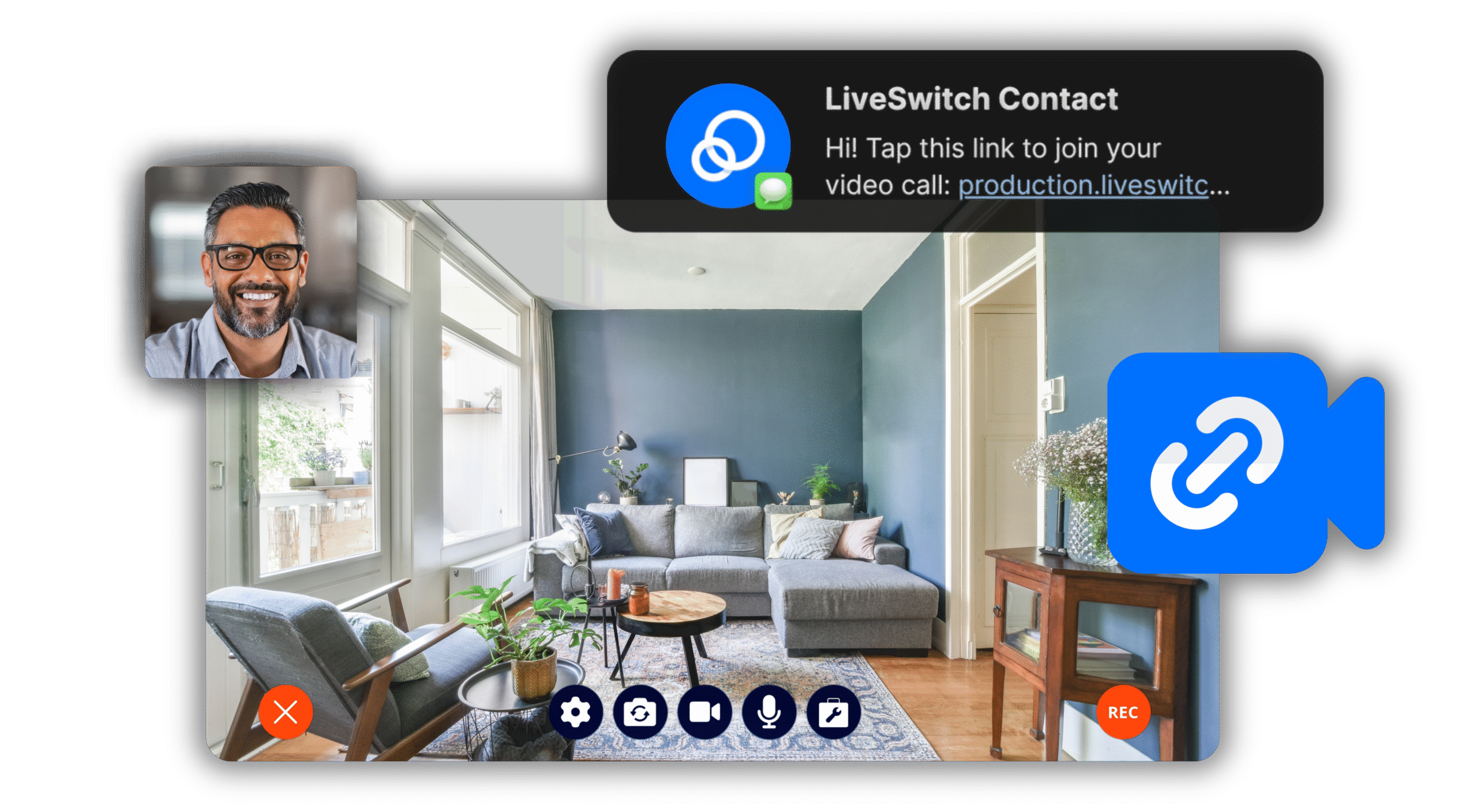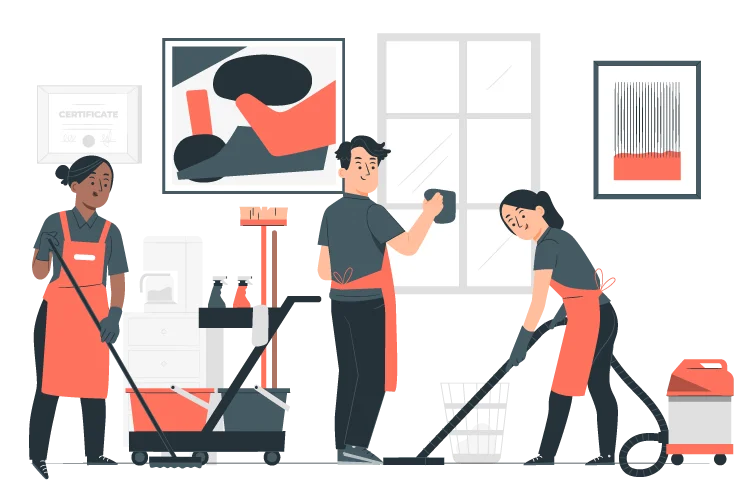How Virtual Estimates are Redefining the Moving Industry
COVID-19 threw a curveball that heavily impacted businesses, especially industries like moving. Despite these challenges, moving logistics services were still in high demand with every 1 in 5 adults having to move or knowing someone who did because of the pandemic, according to a 2020 study by Pew Research Center. This surge, combined with social distancing and public health concerns, gave rise to virtual estimates being performed, replacing the traditional in-person walkthrough with a safer, faster, and cost-effective way to provide customers with reliable quotes without face-to-face contact.
The Pre-Virtual Estimate Landscape
Before virtual estimates became mainstream, moving companies relied almost exclusively on in-home visits. Moving companies could put their eyes directly on a space, allowing for assessments without having to worry about internet outages and connectivity issues. While accurate, this method required significant scheduling coordination, drive time and labor.
As the pandemic persisted and government mandates shut down in-person services, the moving industry found itself at an impasse. With offices switching to remote work and people leaving big cities, demand spiked, but traditional ways of doing business were no longer feasible.
A Necessity Turned Preferred
While COVID-19 lingered, moving companies adapted to new circumstances by offering virtual estimates. Initially, these estimates were a temporary workaround to maintain social distancing measures, but they proved so effective that they quickly became widely used in the industry.
Remote estimates allow customers to conduct their moving assessments from the comfort of their own home, using video conferencing software. Rather than waiting for an in-person estimate, customers can now schedule a video call, walk through their home or office space, and receive a quote almost instantly.
This shift became more than just keeping the wheels of businesses moving during a global crisis; it was about embracing convenience, speed and accessibility. Virtual estimates simplify the process, allowing companies to quote more in less time, reduce labor costs and reach customers across wider geographical areas.
What’s Next for Virtual Estimates?
The pandemic accelerated the move to virtual estimates, but now, it’s clear that the shift is here to stay. As technology improves and customer expectations evolve, we can expect wider adoption across the industry, AI integration, and hybrid models. From large interstate movers to local and independent operators, virtual estimates will become a standard service offering.
What started as a pandemic necessity has transformed into a permanent shift in the moving industry. Virtual estimates are not just a passing trend; they are a revolution in how movers interact with customers, streamline operations and expand their reach. As technology evolves and customer expectations shift further toward convenience and safety, moving companies will continue to refine their virtual estimating processes, ensuring that they meet the needs of the modern consumer while optimizing their operations for the future.
James Hatfield is the Chief Revenue Officer for LiveSwitch, a leading communications platform that uses instant video to transform how moving companies and other service companies scale their businesses.




